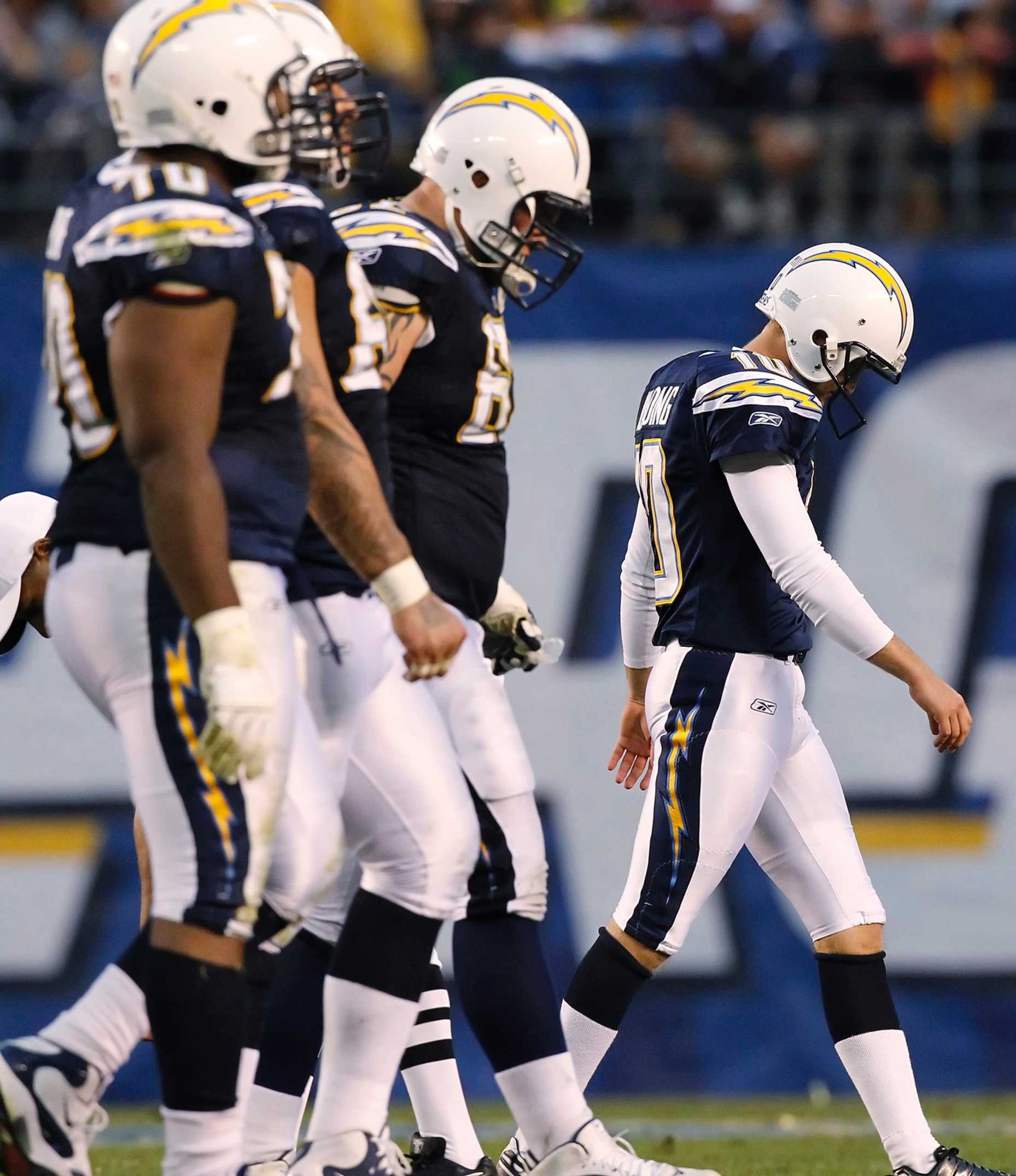 MCT Campus
MCT CampusIf there is anything San Diegans love more than constant 70-degree weather, it’s the San Diego Chargers. But as much as I love watching the team battle on the turf weekend after weekend, the proposed new stadium downtown is in no way a rewarding decision at the current time. The funding, the relocation of businesses and the impact the stadium will have on the surrounding area are poorly planned, and developers are rushing too quickly to approve the project.
The stadium, which will span the East Village area from Park Boulevard to 16th Avenue and Imperial Avenue to K Street, is a financial responsibility that taxpayers should not have to take on. The nearly $800 million price tag has been the main issue surrounding the construction of the new stadium. “The Chargers had long asserted that a new stadium would be privately financed, but recently announced that public funding would be necessary to build a downtown stadium,” a North County Times article stated.
With the city of San Diego left reeling from a projected budget deficit of $200 million this year, the public has no way to pay for a portion of a stadium that some may never use. At this point, even the private wad of cash that we hide in our sock drawers has been depleted.
From a fiscal point of view, the argument in favor of the new stadium is that taxpayers would spend approximately $300 million between now and 2020 to maintain and run Qualcomm Stadium.
Consider this: If you are broke and your used car requires maintenance once in a while, but is still able to take you to and from work or school every day, you would never consider buying a new car. The team and city developers are attempting to fix something that’s not broken during a time when we don’t have money to fix the things that are failing.
In addition to the funding issues, city developers are fully prepared to drop a stadium on top of long-standing businesses in the area without offering assistance in relocation.
In an interview with Matthew T. Hall of The San Diego Union Tribune last November, Eddie Zaitona, 10-year owner of Logan Market & Liquor on 16th Street, said he didn’t want to leave the area. However, when I spoke with Zaitona, he said he doesn’t have much of a choice in the matter.
“There will be negotiations and they will offer us a settlement and we will be forced to take it,” Zaitona said. “Our hands are tied. We can’t do anything about it because we are under a contract with the CCDC.”
The Centre City Development Corporation is a public, non-profit corporation created by San Diego to staff and implement downtown redevelopment projects and programs, according to its Web site.
In order to maintain the mission of the nonprofit, the CCDC forces businesses to sign an agreement, which states city redevelopment projects would have priority over a business owner’s right to conduct business in the area, essentially invoking eminent domain laws.
When the city wants to redevelop the land a business sits on, it cuts the business owner a check and do little more than wish you good luck in your relocation.
If a business has been in an area for 10 or more years, it serves a purpose to the community. To uproot the business with no relocation assistance program is unfair to the business and detrimental to the community. In an area outside of the major metropolitan part of the city, Zaitona’s market serves as the only convenient outlet for some to buy groceries and other household necessities.
The new stadium would not only affect the area in East Village, but luxury hotels and strip malls will increase traffic in an area that already feels the hustle and bustle of everyday life. Landscaping and parking lots will replace apartments where residents are currently living, and the St. Vincent de Paul building, where the homeless come for aid, is also at risk.
I understand the Chargers and the city of San Diego want the stadium to be able to host larger events, such as the Super Bowl, and supposedly generate more revenue. If the plan didn’t come in a financially catastrophic time for the city and dramatically disrupt daily life in the East Village area, then it could be worthwhile. However, this beast needs to choose a different toy to chew on for now.
8212;TJ Bronson is journalism and economics senior.
8212;This column does not necessarily reflect the opinion of The Daily Aztec. Send e-mail to opinion@thedailyaztec.com. Anonymous letters will not be printed. Include your full name, major and year in school.









